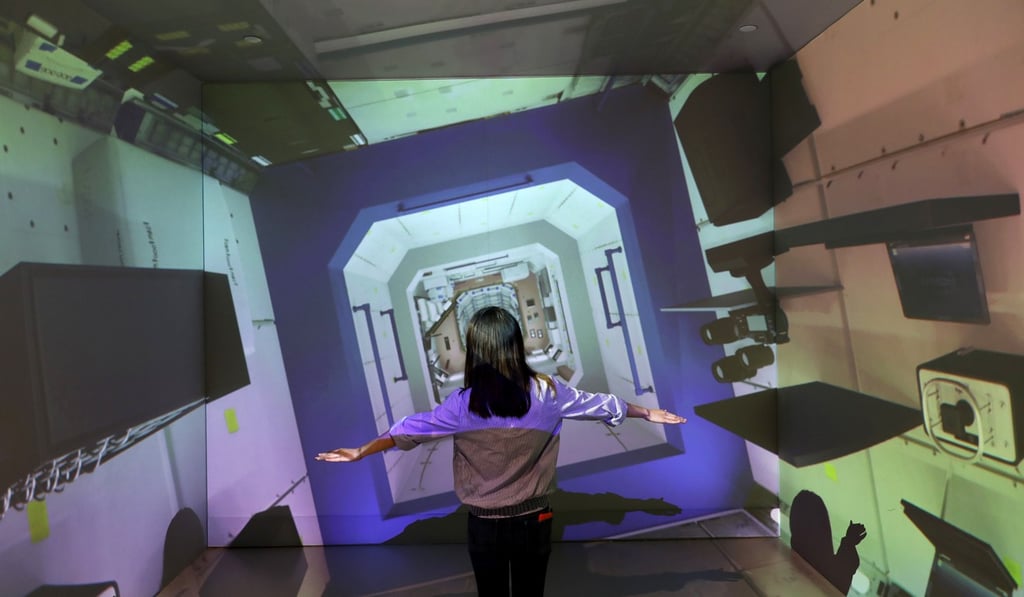Hong Kong Space Museum’s exhibit halls set for relaunch after HK$32 million facelift
Disorientation in virtual space station and creating an aurora inside a vacuum tube just some of the new experiences that await visitors

Visitors to the Hong Kong Space Museum will enjoy a more interactive experience when two exhibition halls reopen to the public from Wednesday, after it closed for more than two years for a HK$32 million (US$4.1 million) facelift.
Experiencing a sensation of disorientation in a virtual space station and creating an aurora inside a vacuum tube were just some of the new experiences that awaited visitors in the two permanent exhibition halls, which covered a total area of 17,200 sq ft in the Tsim Sha Tsui museum.
The Hall of the Cosmos and Hall of Space Exploration would showcase about 100 new exhibits.

Is China ready to mass-produce hypersonic vehicles?
“We hope visitors will have more of an experience and learn through activities,” museum curator Robert Leung Wai-ming said on Tuesday.